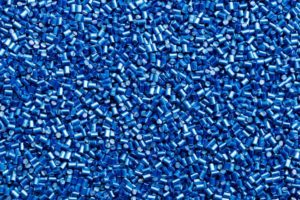What is a Capture Rate?
The proportion of divertible waste, expressed as a percentage, which is successfully diverted from disposal.
Capture rate is traditionally associated with the amount of recyclable material that was diverted in only one category. For example, a site diverts 20 tonnes of cardboard per year out of 100 tonnes of cardboard generated per year (disposed, reused and recycled.) The category capture rate for cardboard in this example is 20%. The site is “only capturing 20% of its cardboard.”
Overall capture rate of all materials is an effective performance indicator. The difference here is determining what materials are divertible and comparing the total mass of diverted materials to the total mass of potentially diverted materials. The calculation neglects materials for which there is no current viable method of diversion. Therefore, in an optimal waste management program, it is realistic to expect the total capture rate to approach 100%.



